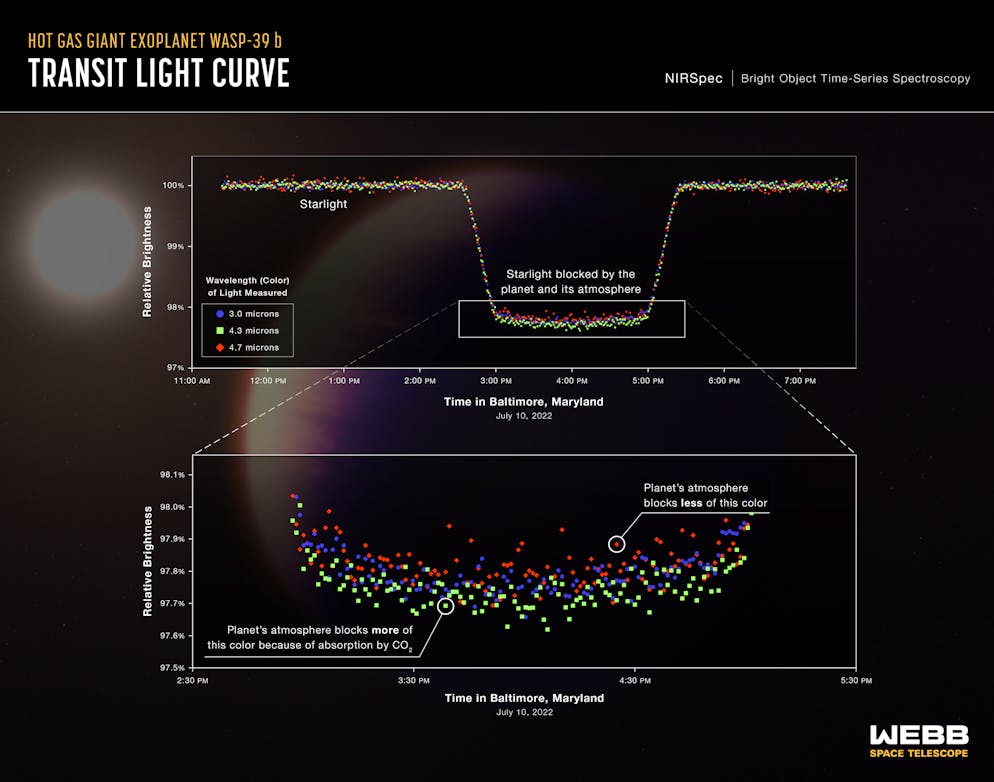
NASA
We only have one habitable planet – in fact, this assumption is almost certainly incorrect. NASA now wants to search for alternatives to Earth.
In 2022, the James Webb Telescope has delighted audiences and experts alike. The first stunning images of distant galaxies have become viral sensations, while scientists have enjoyed detailed spectral analysis.
But NASA is already working on the next space telescopes. At a conference of the American Astronomical Society, the US space agency has one First preview Given a particularly ambitious project, the Habitable Worlds Observatoryat the German Habitable Worlds Observatory.
Eleven billion exoplanets are waiting to be discovered
As the name suggests, the telescope’s main mission will be to search for exoplanets where life could have arisen and persist. According to calculations, there are eleven billion such habitable planets in the Milky Way alone. In fact, it shouldn’t be hard to find some of them after that.
But although more than 5,000 exoplanets have already been discovered by various ground and space telescopes, we usually know very little about what they look like. Because the stronger light of the star in the main system of the exoplanet usually makes visual recording of the planet impossible.
The atmosphere of an exoplanet can be studied
However, it is currently possible, in a roundabout way, to find out what elements the atmosphere of exoplants might consist of. Because when light from an exoplanet’s home star passes through its atmosphere on its way to a telescope, some colors of the spectrum are filtered out more than others.
Since it is known which elements change light and how, conclusions can be drawn about the composition of the atmosphere. For example, the JWST was able to detect carbon dioxide in the atmosphere of exoplanet WASP-39 b, 700 light-years away.

NASA
Ready for upgrades
The technical details of the HWO for the most part are yet to be determined. However, according to the design requirements, it should be able to scan at least 25 exoplanets closest to our solar system for signs of life. In addition, the telescope must be able to filter out up to 10 billion times as strong light as the star outshines its planet.
In addition, the HWO must be upgradable, although it must be located at the L2 Lagrangian point – 1.5 billion kilometers from Earth – like the JWST. The robots must be able to travel to the HWO and update it regularly with the latest technology or perform repairs.
For now, NASA plans to start operating the HWO in the early 2040s. Above all, one wants to avoid massive delays and increased costs in the JWST. This was supposed to start in 2007 and cost $1 billion instead of the $10 billion that will eventually be needed.

“Social media evangelist. Baconaholic. Devoted reader. Twitter scholar. Avid coffee trailblazer.”








More Stories
Longest jets in the universe discovered – giant particle streams as long as 140 Milky Way galaxies in a row
New method reveals 307 supernova remnants
Snapchat is upping the ante on augmented reality glasses